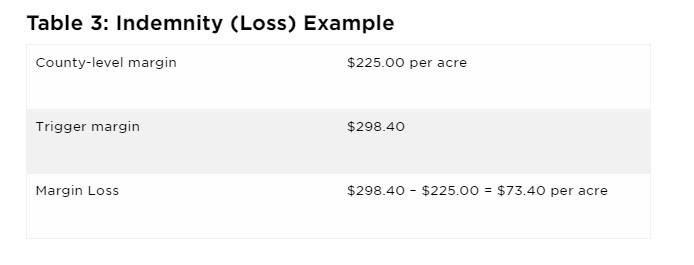By Meaghan Anderson
The time for fall application of anhydrous ammonia and manure is approaching, but we may not be there yet. This blog has a few things to keep in mind this fall and links to some good references.
While soybean harvest seems to be winding down, we need to be carefully monitoring the soil temperature and weather forecast before applying nitrogen-containing fertilizers this fall. Nitrogen prices remain incredibly high, making it especially critical that we retain all the nitrogen we can for the crop this coming year. Waiting until soil temperatures are 50 F and cooling is a simple way to retain the full value of nitrogen in our fall-applied fertilizers. The more nitrogen we keep in the ammonium form this fall means less will be in the nitrate form subject to loss with water when soils are not frozen.

The soil temperature dropped below 50 F for the daily average on October 17, but we need to also watch for a continued cooling forecast to maximize the value of our fall-applied nitrogen. With forecasted low temperatures in the 40s and 50s and highs in the 70s this coming weekend, we expect the soil temperature to rebound back up before making a more long-term drop as we approach winter. Continue to monitor both the soil temperature and the weather forecast to choose the best time to begin applying anhydrous ammonia or manure.
What about anhydrous ammonia in dry soils?
Dry soils can be a significant concern for anhydrous ammonia application due to the potential for loss at time of application. It may be possible to knife the ammonia in slightly deeper, perhaps 8” depth instead of 6” depth, to find moisture and avoid losses. Making sure your equipment is set up to seal the injection track and trap ammonia is important to reduce losses as well. If soils are very dry and/or cloddy, it may be impossible to apply anhydrous ammonia and keep it retained by the soil. In that scenario, waiting until rainfall replenishes topsoil moisture is the best option, although there is risk this won’t happen before soils freeze and applications may need to occur in the spring. Read more about anhydrous ammonia application and dry soils here.
Safety is key!
Keeping safety in mind and being prepared while handling anhydrous ammonia can mean the difference between life and death. Several resources are available with tips for handling this product and making sure equipment is in its best working order to prevent accidents.
Source : iastate.edu